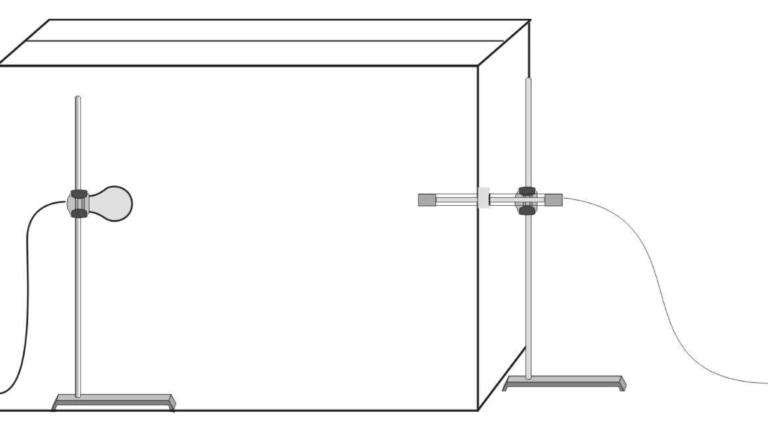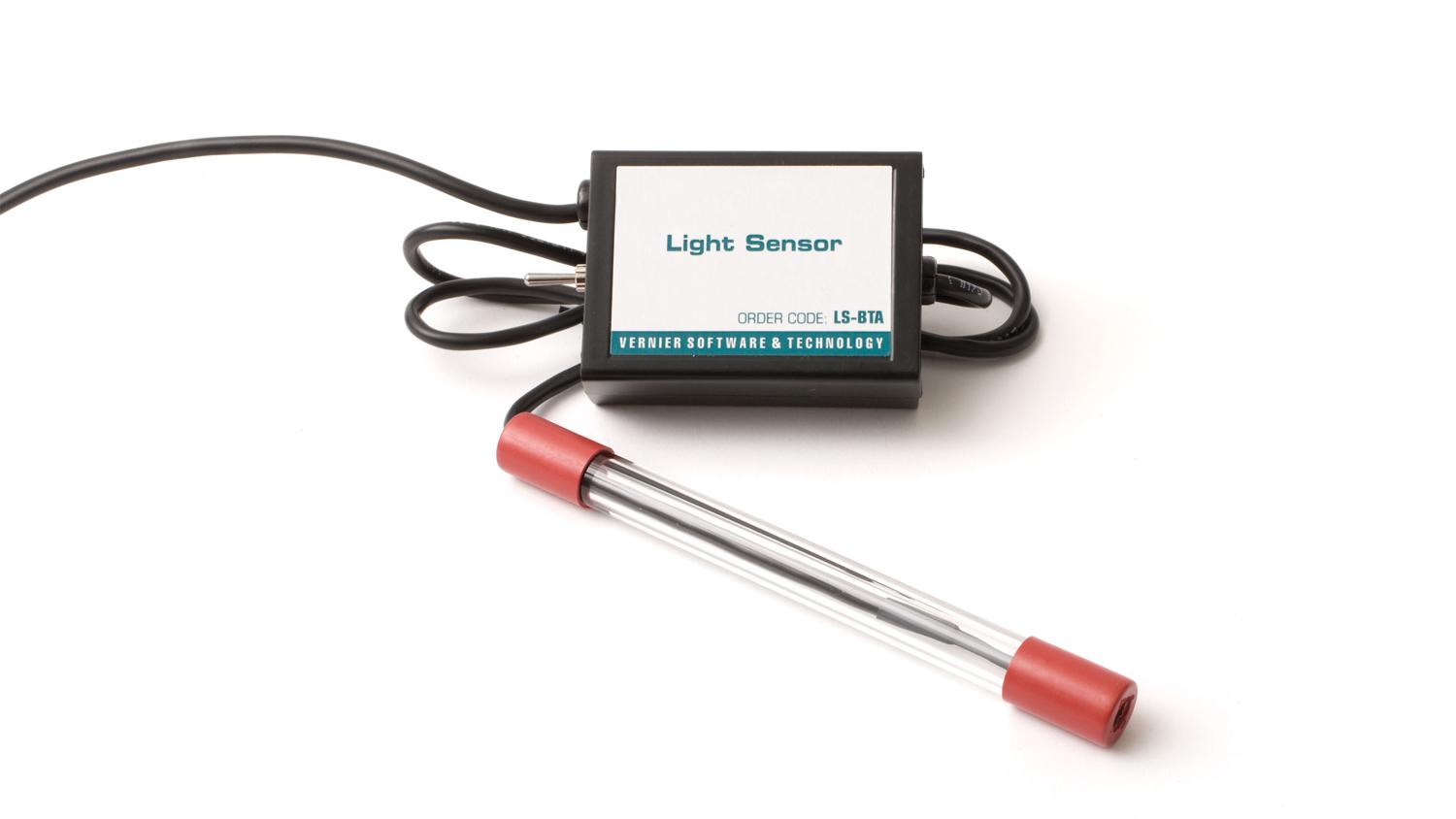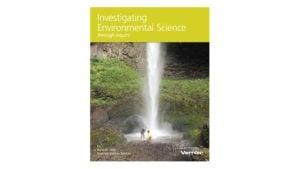Energy Conversion
Experiment #27 from Investigating Environmental Science through Inquiry
- Subject
- Environmental Science

Introduction
Energy conversion is the process of transforming energy in one form into another. Sometimes called energy transformation, energy of fossil fuels, solar radiation, or nuclear fuels can be converted into other energy forms such as electrical, propulsive, or heating that are more useful to us. For example, a light bulb converts electrical energy into heat and light energy.
Light bulbs are usually sold according to the electrical power they consume. A more useful measurement may be the amount of light a bulb puts out. A 75 W incandescent bulb has an output of 1200 lumens of light while a 20 W compact fluorescent light bulb has the same output but consumes much less energy.
In this experiment you will investigate the relationship between the power rating of a light bulb and the amount of light that it produces.
Objectives
In the Preliminary Activity, you will learn how to position equipment for data collection, learn how to measure illuminance, and gain experience using a Light Sensor.
After completing the Preliminary Activity, you will first use reference sources to find out more about energy conversions before you choose and investigate a researchable question.
Sensors and Equipment
This experiment features the following sensors and equipment. Additional equipment may be required.
Ready to Experiment?
Ask an Expert
Get answers to your questions about how to teach this experiment with our support team.
- Call toll-free: 888-837-6437
- Chat with Us
- Email support@vernier.com
Purchase the Lab Book
This experiment is #27 of Investigating Environmental Science through Inquiry. The experiment in the book includes student instructions as well as instructor information for set up, helpful hints, and sample graphs and data.



